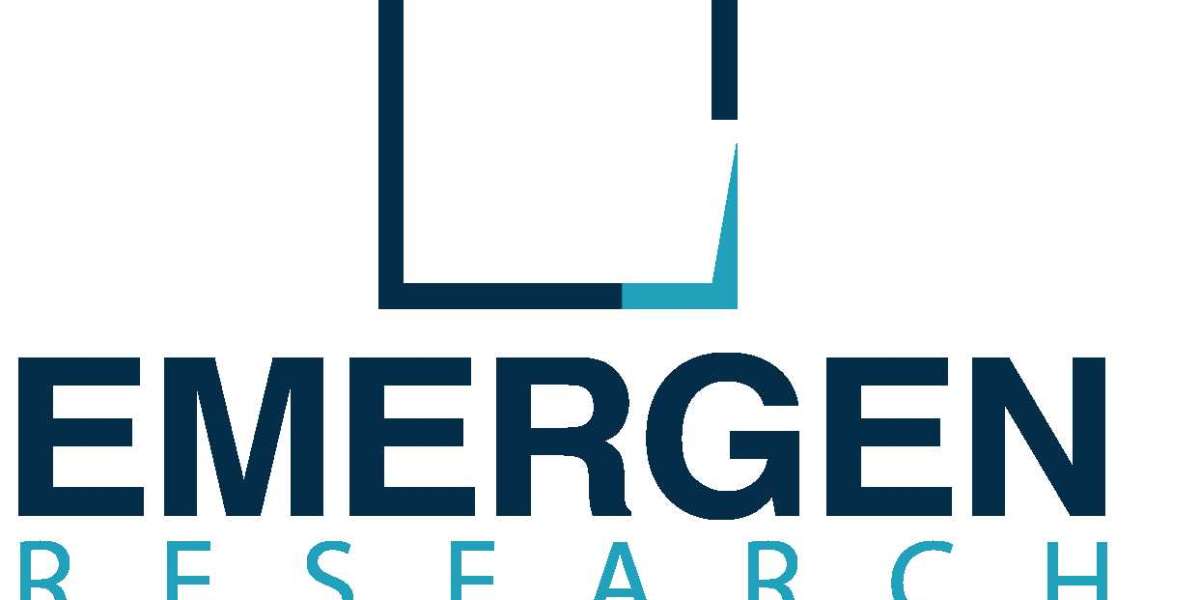Arthritis, a debilitating condition affecting millions worldwide, has seen significant advancements in treatment options over the years. One of the most promising developments is the use of arthritis-targeted therapy lights. This innovative approach offers hope for improved management and relief from the chronic pain associated with arthritis. In this article, we will delve into the latest advances in arthritis-targeted therapy lights, exploring their potential benefits and the science behind them.
The Science Behind Arthritis-Targeted Therapy Lights
Arthritis-targeted therapy lights leverage the principles of photobiomodulation, a process where light energy is used to stimulate cellular function. This technique involves the use of specific wavelengths of light to penetrate the skin and reach the affected joints. The light energy is absorbed by the cells, leading to a series of biochemical reactions that can reduce inflammation, alleviate pain, and promote tissue repair.
For instance, red and near-infrared light have been shown to be particularly effective in reducing inflammation and pain in arthritis patients. These wavelengths penetrate deeper into the tissues, targeting the root cause of the discomfort. By modulating the activity of inflammatory cells and promoting the release of endorphins, arthritis-targeted therapy lights offer a non-invasive and drug-free alternative for managing arthritis symptoms.
Clinical Applications and Benefits
The clinical applications of arthritis-targeted therapy lights are vast and varied. They can be used as a standalone treatment or in conjunction with other therapies to enhance their effectiveness. One of the primary benefits of this approach is its ability to provide targeted relief without the side effects commonly associated with pharmaceutical interventions.
For example, patients with osteoarthritis, rheumatoid arthritis, and other inflammatory joint conditions have reported significant improvements in pain levels and joint function after undergoing light therapy sessions. Additionally, the non-invasive nature of this treatment makes it suitable for individuals who may not be candidates for surgery or those who prefer to avoid medications.
Innovative Developments in Light Therapy Devices
The field of arthritis-targeted therapy lights is continually evolving, with new and innovative devices being developed to enhance treatment outcomes. These devices are designed to deliver precise wavelengths of light to the affected areas, ensuring optimal absorption and therapeutic benefits.
Recent advancements include wearable light therapy devices that allow patients to receive treatment in the comfort of their own homes. These portable devices are equipped with adjustable settings, enabling users to customize their therapy sessions based on their specific needs. Moreover, the integration of smart technology allows for real-time monitoring and adjustments, ensuring that patients receive the most effective treatment possible.
Future Directions and Research
As research into arthritis-targeted therapy lights continues, the potential for new and improved treatments is vast. Scientists are exploring the use of different light wavelengths, combinations of light therapies, and the integration of other modalities to enhance the therapeutic effects.
For instance, combining light therapy with physical therapy or exercise programs may yield synergistic benefits, further improving joint function and reducing pain. Additionally, ongoing studies are investigating the long-term effects of light therapy on arthritis progression, aiming to establish its role in disease modification and prevention.
In conclusion, exploring the latest advances in arthritis-targeted therapy lights for industry Randy Mitchell reveals a promising frontier in the management of arthritis. By harnessing the power of light, this innovative approach offers a safe, effective, and non-invasive solution for alleviating pain and improving the quality of life for arthritis patients. As research and technology continue to advance, the future of arthritis treatment looks brighter than ever.



